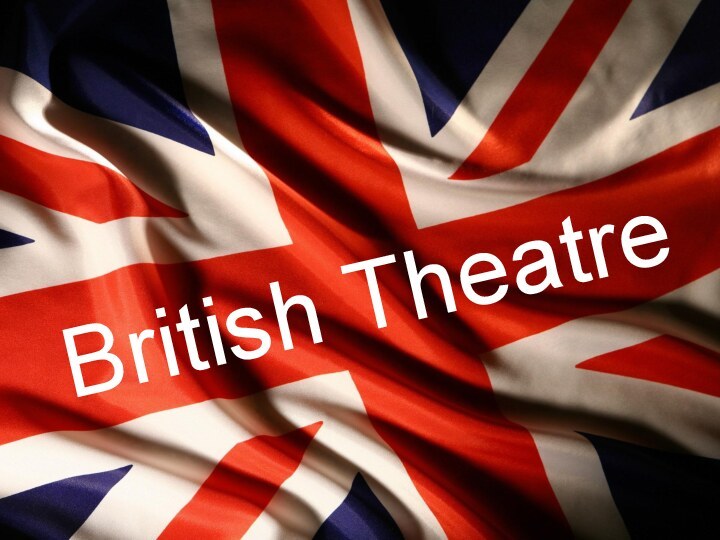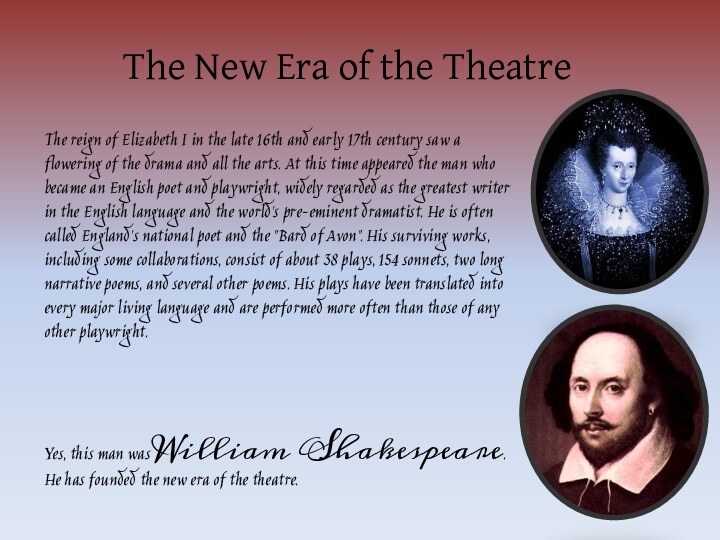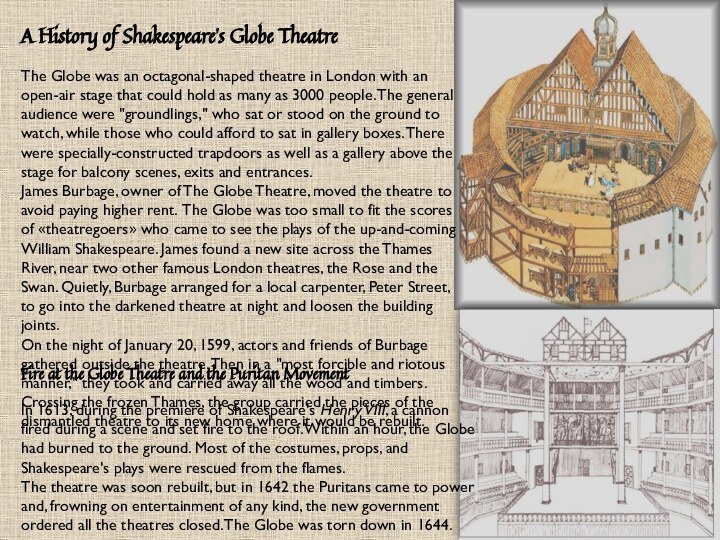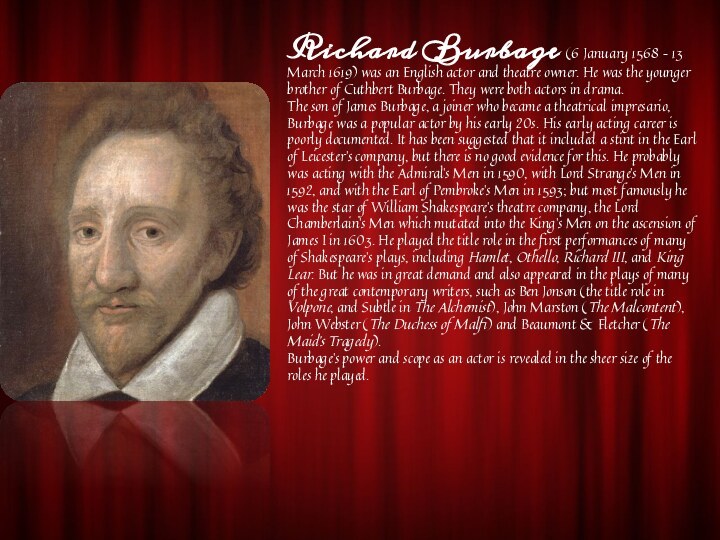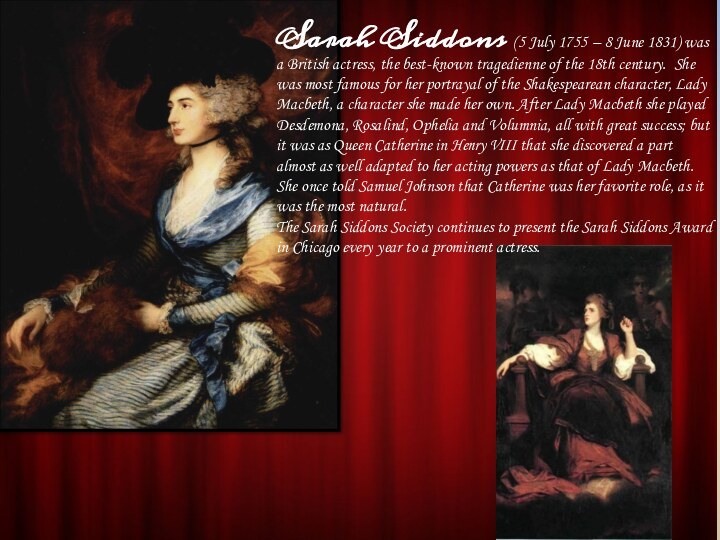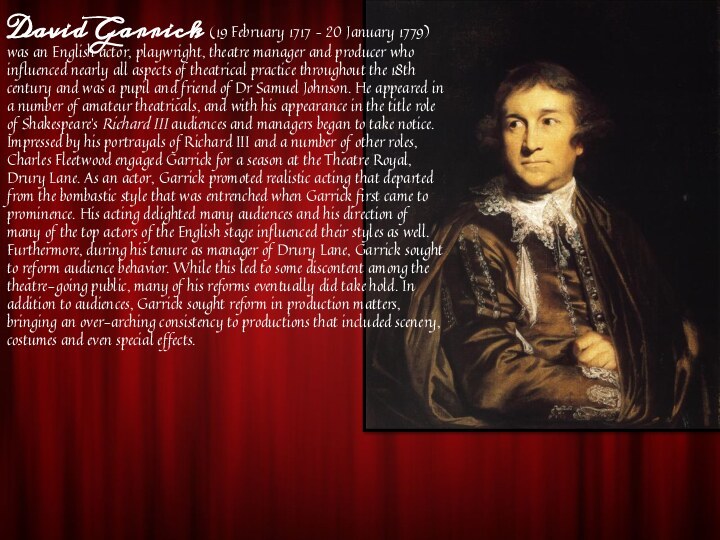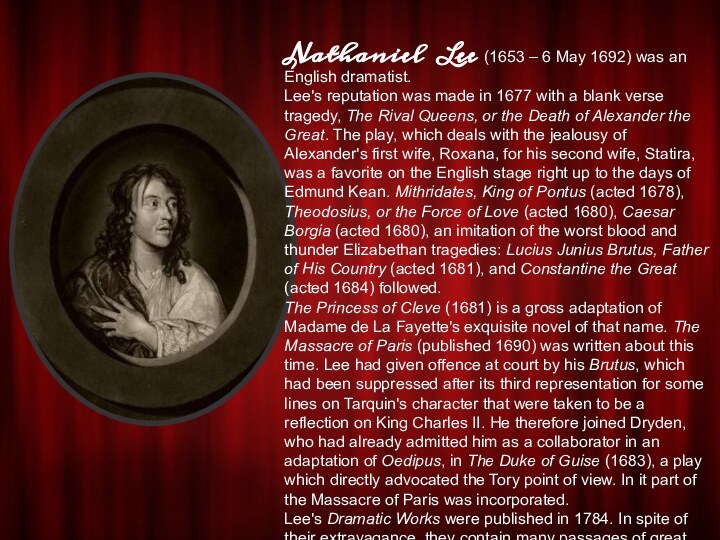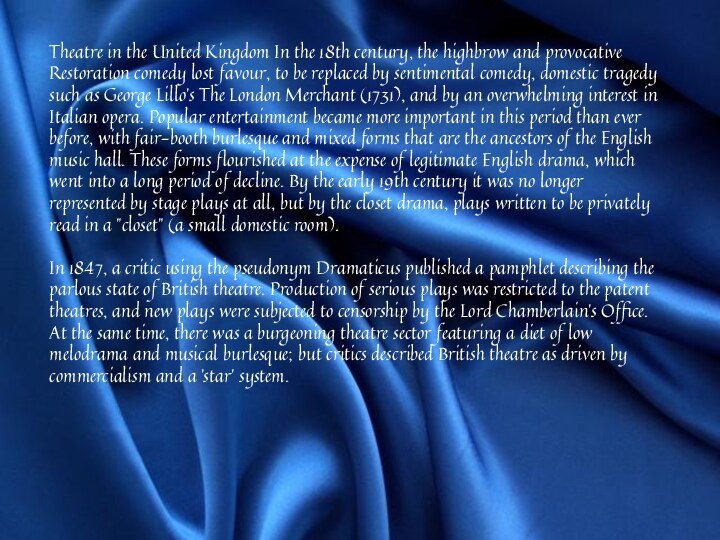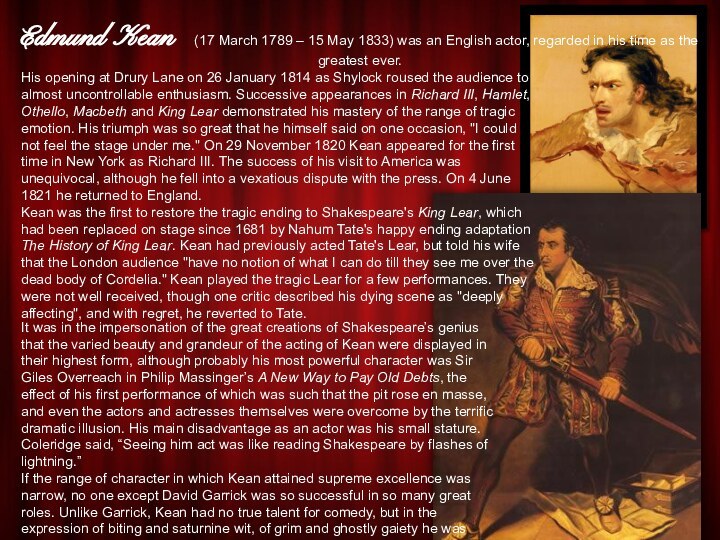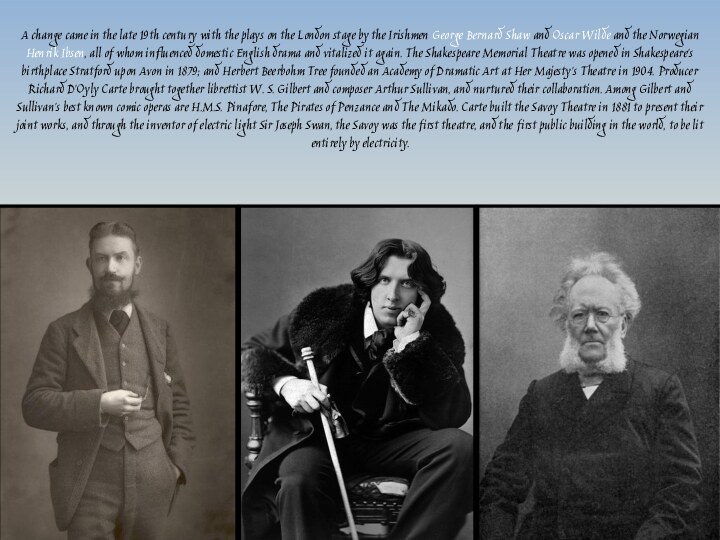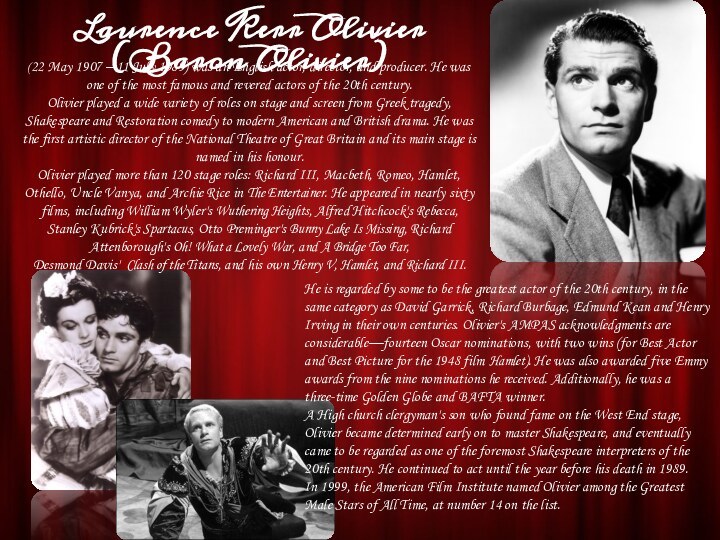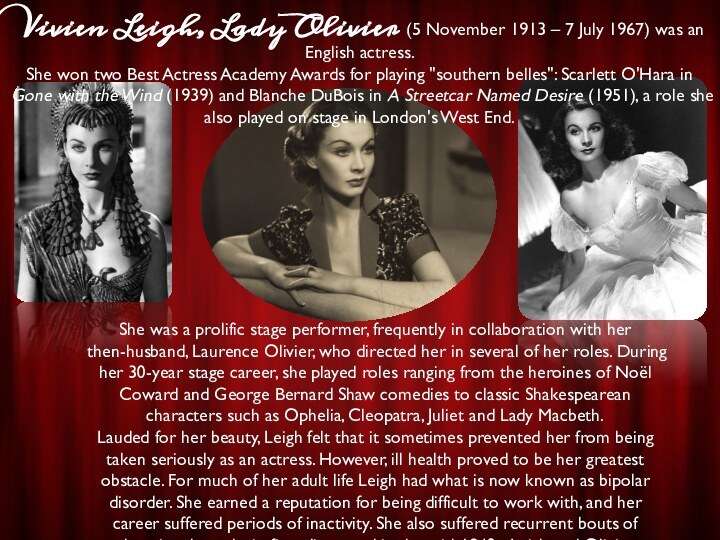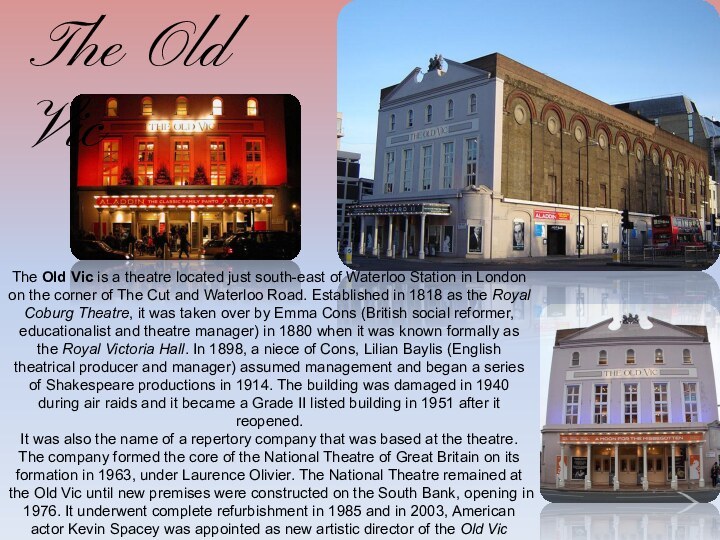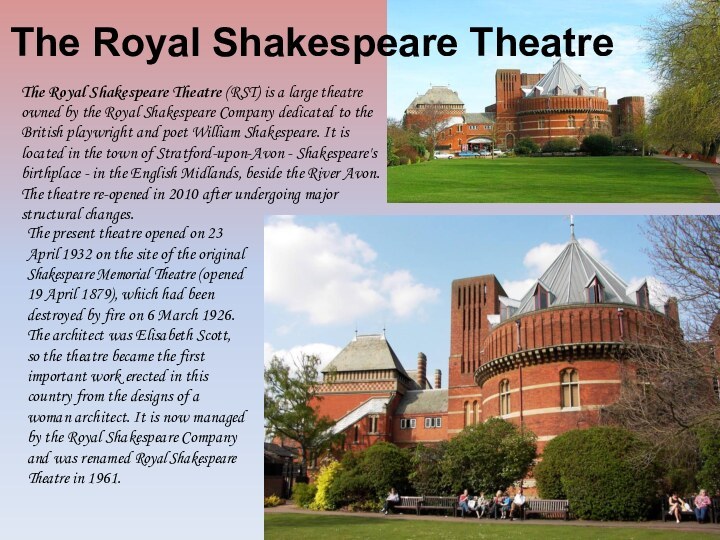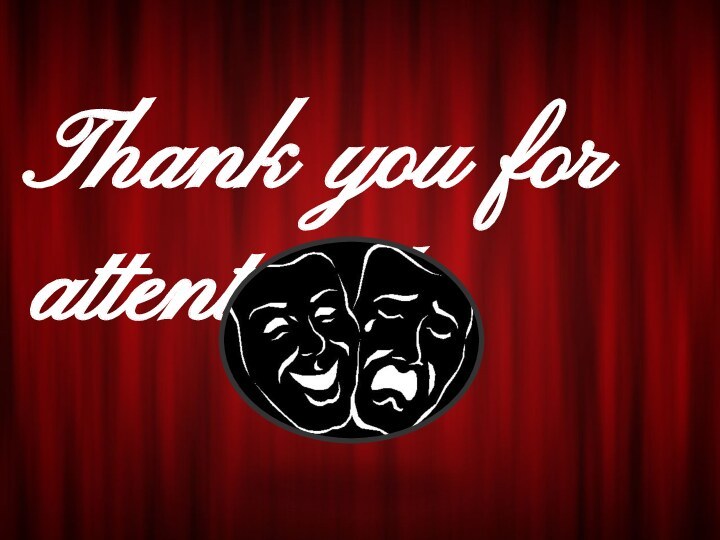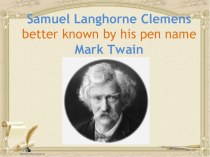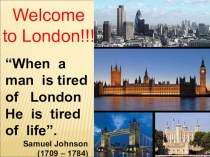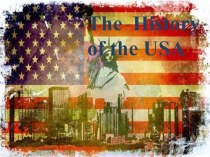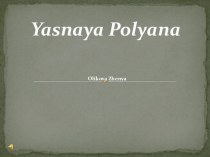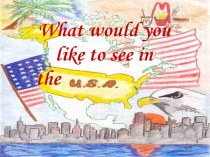English actor, director, and producer. He was one of
the most famous and revered actors of the 20th century.
Olivier played a wide variety of roles on stage and screen from Greek tragedy, Shakespeare and Restoration comedy to modern American and British drama. He was the first artistic director of the National Theatre of Great Britain and its main stage is named in his honour.
Olivier played more than 120 stage roles: Richard III, Macbeth, Romeo, Hamlet, Othello, Uncle Vanya, and Archie Rice in The Entertainer. He appeared in nearly sixty films, including William Wyler's Wuthering Heights, Alfred Hitchcock's Rebecca, Stanley Kubrick's Spartacus, Otto Preminger's Bunny Lake Is Missing, Richard Attenborough's Oh! What a Lovely War, and A Bridge Too Far,
Desmond Davis' Clash of the Titans, and his own Henry V, Hamlet, and Richard III.
He is regarded by some to be the greatest actor of the 20th century, in the same category as David Garrick, Richard Burbage, Edmund Kean and Henry Irving in their own centuries. Olivier's AMPAS acknowledgments are considerable—fourteen Oscar nominations, with two wins (for Best Actor and Best Picture for the 1948 film Hamlet). He was also awarded five Emmy awards from the nine nominations he received. Additionally, he was a three-time Golden Globe and BAFTA winner.
A High church clergyman's son who found fame on the West End stage, Olivier became determined early on to master Shakespeare, and eventually came to be regarded as one of the foremost Shakespeare interpreters of the 20th century. He continued to act until the year before his death in 1989.
In 1999, the American Film Institute named Olivier among the Greatest Male Stars of All Time, at number 14 on the list.
Laurence Kerr Olivier (Baron Olivier)
